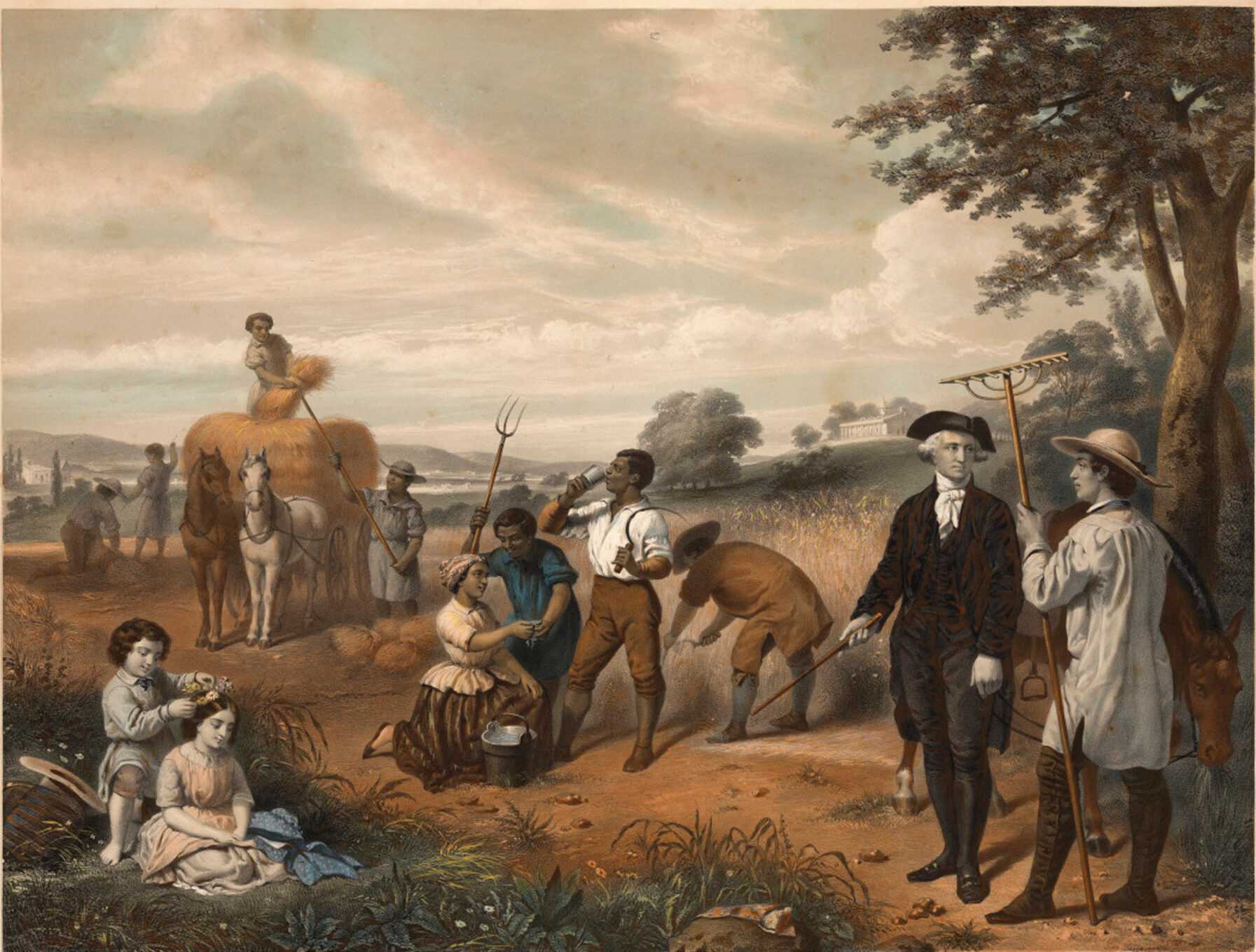Rub Against History
Grades 1–3
Younger children find making rubbings great fun. Cornerstones and
plaques are interesting, and even coins will do.
What You Need
Tracing paper or other lightweight paper
Large crayons with the paper removed, fat lead pencil, colored pencils, or
artists’ charcoal
Coins
Whatto Do
★ Use the list above to help your child
make a kit to do rubbings. Choose paper
that does not tear easily, but also is light
enough so that the details of the rubbing
will be visible.
★ Begin by having your child make a
rubbing of a quarter or half dollar (large
coins from other countries or commemorative coins can be
interesting to use, too). Tape the coin to a surface to make it stable.
Double the tape so that it sticks on both sides and place it on the
bottom of the coin. Attach the coin to a piece of wood or to some
surface that can’t be harmed by the tape. Lay the paper on top of the
coin, and have your child rub across it with a pencil, crayon or
charcoal. Tell him not to rub too hard and to keep rubbing until the
coin’s marks show up on the paper. Talk with him about what the
rubbing shows.
★ Take your child on a walk around the neighborhood. Look for objects
that he can use for rubbings, such as dates in the sidewalk, words on
cornerstones and plaques on buildings or interesting designs on
bricks or other materials used on buildings. Once home, ask family
members to view the rubbings and guess what each represents. Ask
your child to tell the story behind the rubbings and why he chose to
make them.
★ Consider taking your older child to cemeteries or memorial sites
around town and make rubbings of old gravestones or markers. Talk
with him about each rubbing. Tell him to look for designs and dates
and ask him questions to make sure that he knows how old the
objects are.
★ Encourage your child to cut out some of his rubbings and include
them in his history log.
Our Heroes!
Grades 3–5
Heroes are everywhere. Sharing stories about them with children can help
them understand that heroes come from many different walks of life and
that their courageous acts occur in many different places and times.
What You Need
Family photographs; newspaper and pictures from books or the Internet of
both local and national figures who have been recognized for community
service, bravery or selfless acts
Whatto Do
★ Select a photo of someone in your family who has an admirable
quality or who performed a courageous act. You might choose a
grandparent who left everything behind to immigrate to the United
States or your mother who sacrificed so that you could have a good
education or your father who fought in a war or your brother who
took a stand on a controversial issue. Sit with your child and tell him
about the relative’s life. Talk with him about the qualities of heroism
that the relative showed—courage, self-discipline, responsibility,
citizenship and so forth.
★ Show your child newspaper pictures of local people who have
performed acts of courage or service to the community. Talk with
him about what the people did and why they are considered heroes.
In addition to individuals, choose groups of people who have been
called heroes, such as firefighters and policemen.
★ Show your child pictures of historical figures who have been called
heroes. Choose people whom you admire and feel comfortable
talking about with your child. Choose groups as well, such as the
abolitionists who opposed slavery before the Civil War or the people
who participated in the Civil Rights movement of the 1950s and 1960
Learning How to Learn
Grades 3–5
Local newspapers, phone books and other handy resources can serve as
guides to local history. Teaching children how to use them gives them a
great tool for finding many sources of information.
What You Need
Phone books, both yellow and white pages
Local newspapers


